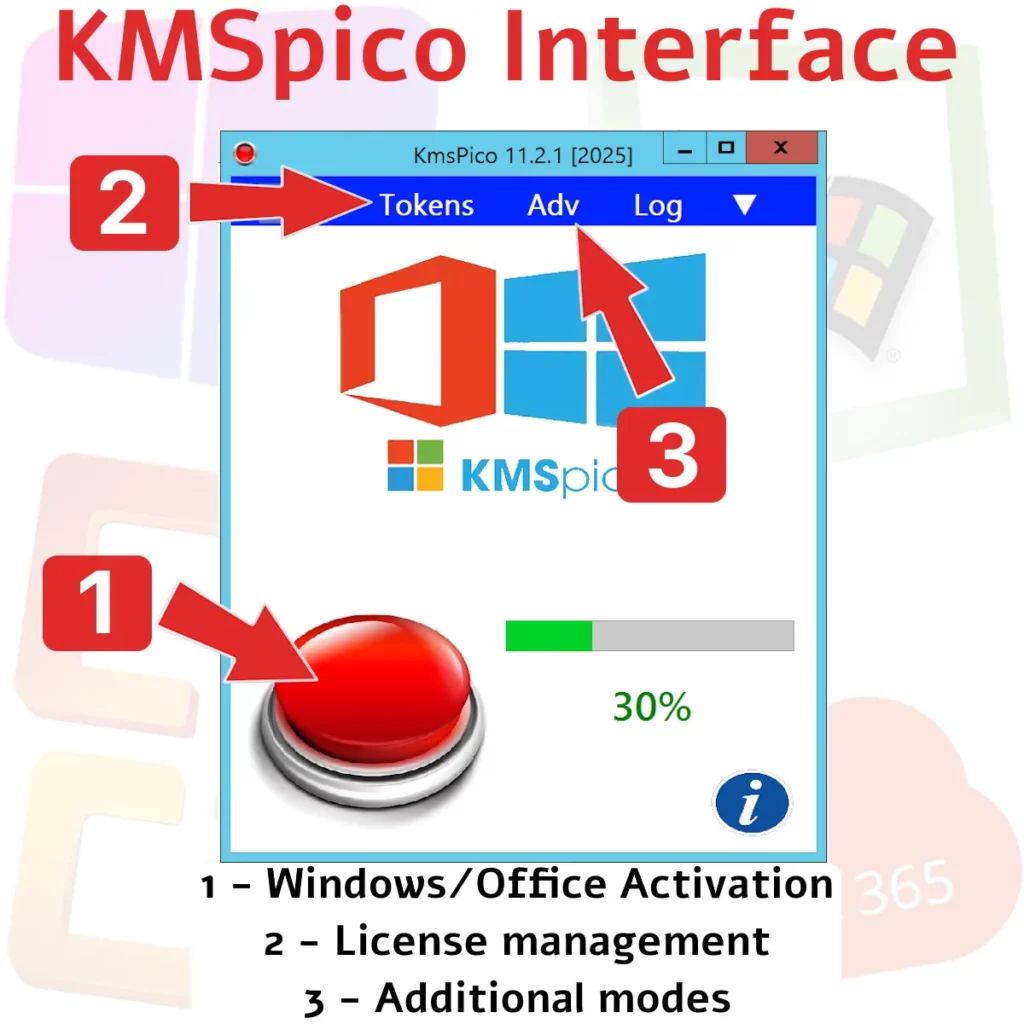The landscape of software licensing is vast and intricate, with Key Management Service (KMS) activation playing a pivotal role for many organizations. Understanding how KMS activation works can provide valuable insights into efficient license management and ensure software compliance. This article delves into the patterns observed in KMS usage and sheds light on its operational intricacies.
Understanding KMS Activation
KMS activation is a method used by enterprises to activate Microsoft products such as Windows and Office in volume licensing scenarios. Unlike retail activations that require direct communication with Microsoft’s servers, KMS allows a local network server to handle the activation process internally. This setup grants organizations greater control over their software assets.
By centralizing the activation process, organizations can significantly reduce the complexity associated with managing numerous product keys individually. This not only streamlines operations but also enhances security measures, as fewer points of vulnerability are exposed to external threats. Moreover, KMS activation supports scalability, allowing businesses to grow their IT infrastructure without facing additional licensing hurdles.
Core Mechanism of KMS Activation
The core mechanism of KMS activation involves setting up a local server within an organization to act as the activation host. Systems within the network will then connect to this server to obtain a digital license. This internal handling reduces dependency on external servers and facilitates smoother license management processes.
A critical aspect of this mechanism is the periodic renewal process. Devices in the network must reconnect to the KMS host periodically to maintain their activated status. This feature ensures that only authorized devices remain active, providing an additional layer of compliance verification.
Benefits of Using KMS
One significant advantage of using KMS is its ability to simplify license management, especially for large organizations running numerous instances of Windows or Office applications. The centralized nature of kms tools such as KMS Pico enable administrators to activate multiple systems without the need for individual product keys.
Volume Licensing and Flexibility
KMS supports volume licensing, which is essential for entities operating hundreds or thousands of devices. With technologies like Windows 10 kms activation, organizations can maintain compliance while significantly reducing administrative overheads involved in managing product keys for every installation.
This flexibility extends beyond simple activation; it allows IT departments to customize deployment strategies according to organizational needs. Whether rolling out updates or transitioning between software versions, KMS provides a robust framework that adapts seamlessly to changing requirements.
Recurrent Activation Process
In a typical setup, activated clients must reach out to the KMS server at least once every 180 days. This requirement ensures ongoing compliance and prevents lapses in activation status due to any network changes or system modifications. Such recurrent checks are vital for maintaining system integrity across all deployed instances.
The recurring nature of this process helps detect unauthorized changes or configurations early on, minimizing potential disruptions caused by compliance issues. It also aids in auditing practices by creating a trail of activation history that can be used for reporting and analysis purposes.
Common Tools in KMS Deployment
Several tools facilitate the deployment and management of kms activations. One notable tool is KMSpico 11.2.1, known widely for its effectiveness in activating Microsoft products without requiring internet access post-deployment. Understanding these tools’ functionality is crucial in ensuring proper software activation across all systems.
Using DISM Command for Diagnosis
The Deployment Image Servicing and Management (DISM) command-line tool is invaluable when diagnosing or configuring Windows images before deployment. It assists IT professionals in preparing systems for kms activation by ensuring all components are adequately configured before going live.
Operational Constraints in Lab Environments
Implementing kms activation within a controlled lab environment may involve specific constraints such as VM configurations limited to 2 vCPU / 4 GB RAM setups. These constraints demand careful planning to test activation processes without hindering performance metrics during real deployments.
Lab environments offer a sandbox for testing various scenarios involving kms activations, enabling teams to anticipate potential challenges ahead of full-scale rollouts. By simulating different configurations, IT professionals can better understand how changes might impact overall system performance and licensing status.
KMS and Compliance Challenges
While kms activator tools offer numerous advantages, they also raise compliance challenges if not managed correctly. Unauthorized use or misconfiguration can lead to licensing breaches, making it imperative for organizations to establish clear policies around software activation practices.
Troubleshooting Common Issues
Troubleshooting kms activation issues often involves verifying connection paths between client systems and the KMS host server. Network misconfigurations can disrupt this communication chain, leading to failed activations or inconsistent product status across systems.
Sustaining License Integrity
Sustaining license integrity requires diligent monitoring of all activated systems and their communication with the KMS host. Utilizing comprehensive logging mechanisms helps identify anomalies promptly, allowing IT staff to rectify potential issues before they escalate into compliance risks.
An effective monitoring strategy includes regular audits and checks that verify each device’s compliance with licensing terms. Additionally, implementing alerts for unusual activity patterns aids in maintaining oversight over network-wide activations.
The Role of Automation in KMS
Automation plays a crucial role in modernizing license management processes involving kms activator solutions. Through scripting and automated workflows, organizations can streamline repeated tasks like system reactivations, thus improving efficiency.
Scripting with PowerShell
PowerShell scripts are particularly effective for automating various aspects of kms tools management. By automating checks and balances through scriptable commands, IT teams reduce manual intervention while ensuring consistent results across large environments.

- Automated scheduling via PowerShell reduces human error during reactivation windows.
- Integration with monitoring solutions ensures real-time compliance visibility.
- Scripted updates minimize downtime when deploying new configurations or troubleshooting existing setups.
The strategic implementation of automation enhances operational stability while reinforcing adherence to licensing norms without excessive resource allocation. By leveraging technology-driven solutions like scripting and remote management tools, businesses can achieve greater control over their software assets while reducing risks associated with manual errors or oversight lapses.
